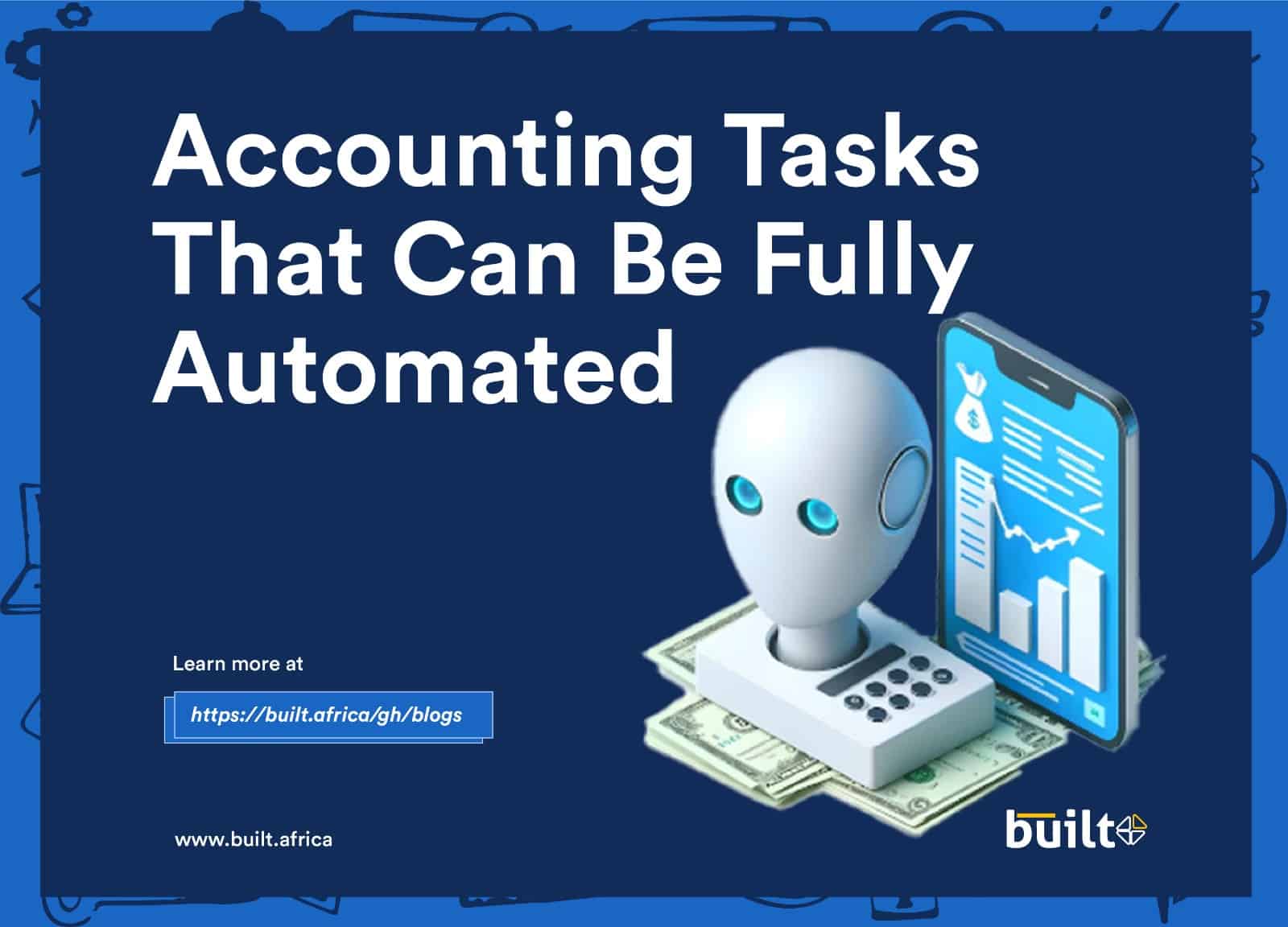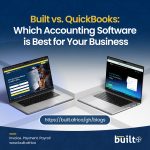
Automation streamlines time-consuming tasks and minimizes human errors, leading to more precise financial records. Small and medium-sized enterprises (SMEs) stand to gain significantly by automating essential accounting functions.
If your accounting team is still relying on manual data entry between spreadsheets and bookkeeping tools, it’s time to consider automation.
In this guide, we’ll explore six accounting tasks that can be fully automated to boost your business’s productivity.
What is accounting automation?
Accounting automation refers to the use of accounting software and technology to handle repetitive and time-consuming accounting tasks without the need for manual input. It automates processes like invoicing, payroll, expense tracking, bank reconciliation, and financial reporting.
- Invoicing and Billing
Creating and sending invoices manually can be both time-consuming and error-prone. By automating the process, invoices are instantly generated and sent to clients as soon as services are provided or products are sold.
Automation also tracks payment due dates, sends reminders for overdue payments, and guarantees invoice accuracy.
- Expense Management
Utilizing a finance app like Built, allows you to completely remove the need for manual receipt data entry. This enables you to redirect your resources towards more valuable, results-driven tasks. Automating your expense management can assist by quickly categorizing expenses, monitoring employee spending, and matching receipts with transactions.
- Payroll Processing
Payroll is often one of the most time-consuming and easily automated parts of bookkeeping. It involves a set of repetitive tasks that occur on a regular basis, making it ideal for automation. Additionally, payroll can be quite complicated, involving various obligations like taxes and overtime rates. By automating payroll, you simplify the process, minimize errors, and save valuable time.
With Built, you can automate payroll processing, which includes features like time tracking, automated reminders, and leave requests.
- Bank Reconciliation
Reconciling bank statements with your financial records is crucial for detecting discrepancies and maintaining accurate bookkeeping.
This process involves comparing your accounting records with bank statements to identify and resolve any inconsistencies.
While many finance professionals think this task requires human oversight, it can largely be automated with minimal manual effort.
By automating bank reconciliation, you can enjoy several advantages such as detecting fraud in real time through regular reconciliations, Swift Transaction Matching and easily highlight any missing or duplicate entries, ensuring your records remain accurate and up to date.
- Tax Compliance
Tax season can be a hectic time. For accountants, figuring out tax responsibilities is often a challenging and time-consuming task.
Additionally, these reports can be difficult for those without accounting knowledge to interpret, which means accountants in small businesses often need to step in as advisors to provide clarity.
In the past, small business owners had to deal with these complexities on their own, which often led to mistakes, or they had to hire a professional for assistance. Now, automation provides a strong solution for handling tax responsibilities.
Many accounting software programs can automatically compute tax obligations for any transaction, which is particularly helpful for businesses that operate in multiple states or internationally.
6.Financial Reporting
Manually creating financial reports can be a lengthy process and is prone to errors. Mistakes in data entry or overlooked details are more common when reports are handled by hand, and sorting through large volumes of data only slows things down further, increasing the risk of inaccuracies.
Automating financial reporting provides real-time insights into your business’s financial health, empowering better decision-making and long-term planning. Plus, you can generate key reports—like balance sheets, income statements, and cash flow summaries—with just a few clicks.












No Comments